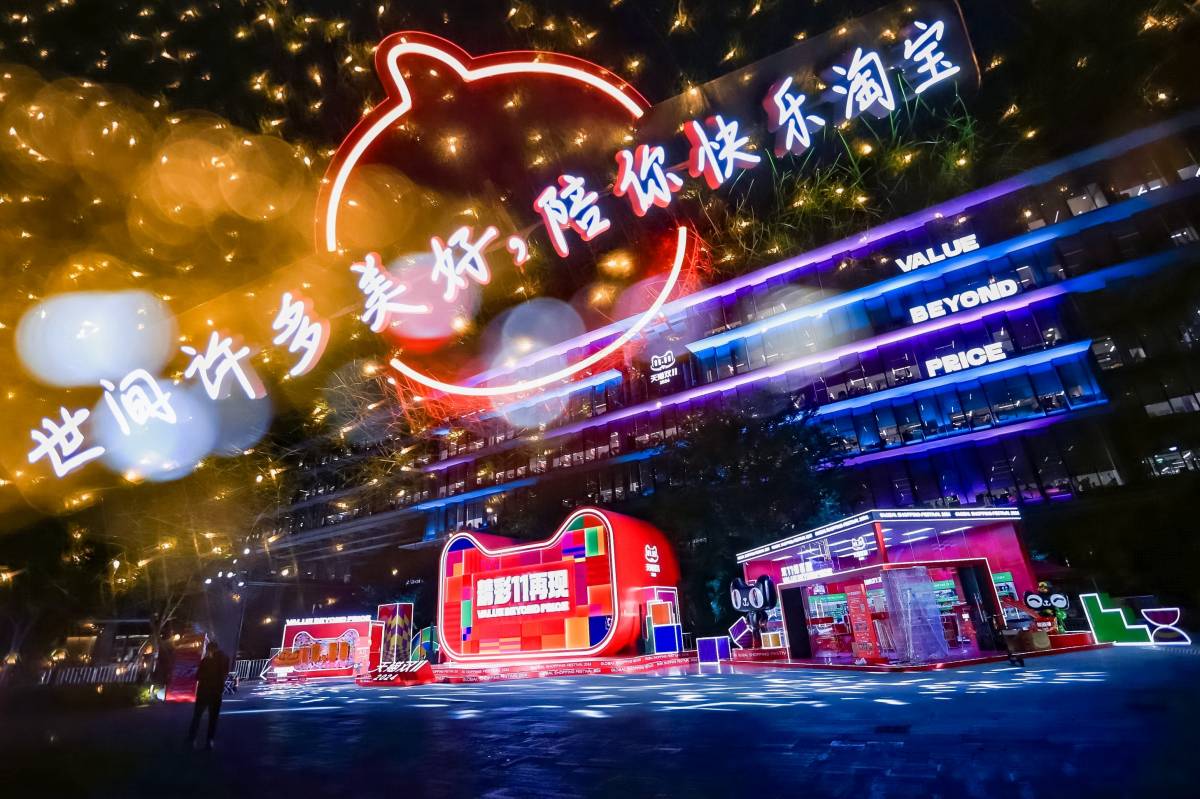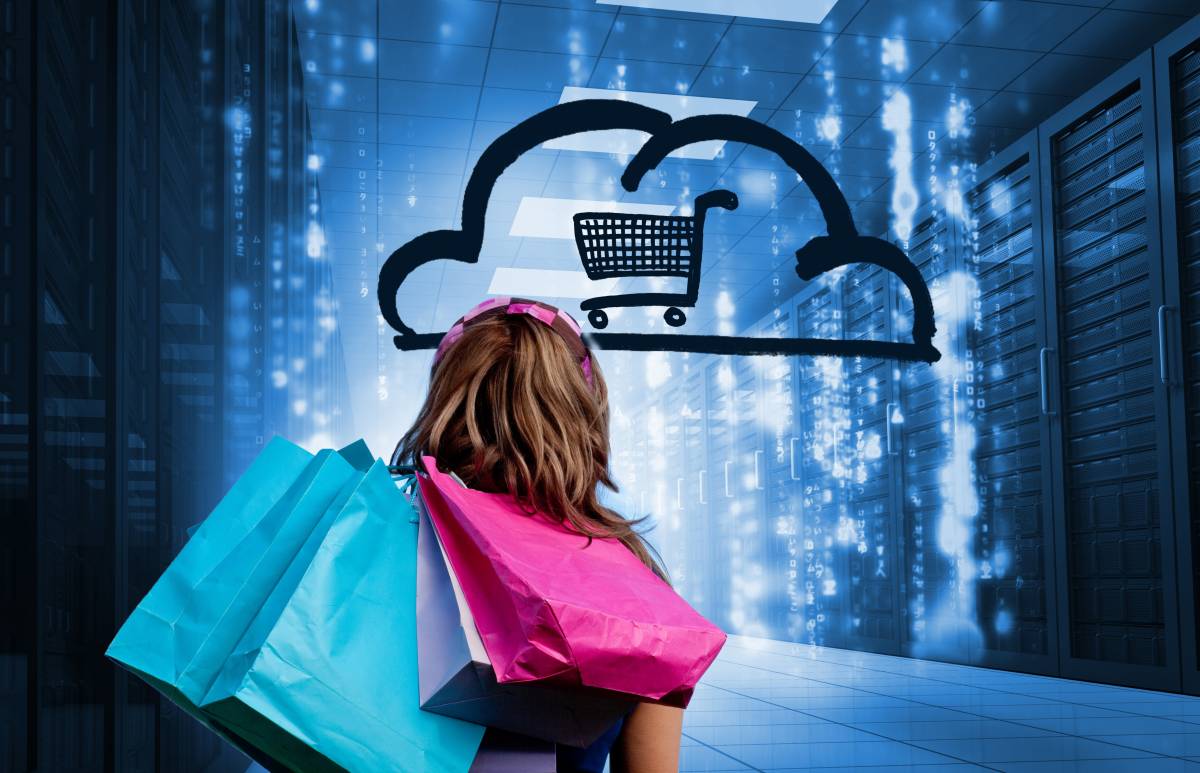
This article was originally published in the World Retail Congress’ 2021 mid-year report “Retailing in a Time of Crisis.” The report focuses on how the year has fared so far in 2021 and what retail will have to embrace and endure to survive. You can download the full report here for more analysis and interviews from retail thought leaders.
When Kim Kardashian West, the American reality TV star, social media icon, and businesswoman launched her namesake fragrance in China, she didn’t need to hop on her private jet and host a glitzy event in Shanghai. Instead, she donned a black turtleneck and her signature raven waves, and sat down in front of an iPhone in a suite at the Ritz Carlton in New York City. In just minutes, Kardashian reached more than 13 million Chinese consumers and sold out of her entire stock of lip-shaped perfume bottles.
That is the power of livestream shopping in China today. Kardashian tapped the audience of mega influencer Viya Huang, who commands an audience of more than 74 million followers. There are thousands of livestream influencers like Huang in China, many with their own specialties and curated audiences that brands turn toward to boost sales.
But livestream shopping is not just limited to the professionals. Increasingly, brand executives and employees are also livestreaming directly to their consumers. Even farmers are getting in on the action to showcase the provenance of agricultural products. In 2021, the livestream shopping market in China is expected to reach RMB 2 trillion, or more than US$300 billion. So just how did livestreaming become the most powerful brand-building and sales tool in China today?
Its origins date back to 2016 when a young product manager at Alibaba was looking for new ways to make e-commerce more like in-store shopping. At the time, e-commerce was mostly text and static photos, while livestreaming was big in gaming. She had the aha moment to combine the two to replicate the experience of interacting with a sales associate.
That idea turned into the birth of Taobao Live, Alibaba’s dedicated livestream shopping channel. On Taobao Live, consumers can watch their favorite influencers or brands on a livestream, learn about products or trends, ask questions and get real-time answers, and buy right then and there without leaving the stream. The technology removes friction between discovery and shopping, offering a seamless experience unlike any other.
It quickly became one of the most effective tools to drive sales. Take floorcare brand Bissell as an example. During Alibaba’s 11.11 Global Shopping Festival in 2020 – the world’s largest shopping event – the 143-year-old family-owned business hosted 16 straight hours of livestreaming to demonstrate its vacuums and other products. Livestreaming helped the brand to more than quadruple its sales from a year earlier. And Bissell is not alone. From 2017 to 2020, sales generated by Taobao Live grew triple digits every year. As of March 2021, the total value of products sold in the last twelve months on Taobao Live surpassed RMB500 billion, or US$76.3 billion.
Beyond sales, brands find that livestreaming gives them the ability to connect with consumers in ways that haven’t been possible in any environment – online or offline. The livestreaming platform gives brands instant consumer feedback that informs their marketing strategies and even product development. “We can introduce new products, we can talk about different features, optimize the brand story,” said Max Bissell, Vice President of Bissell. “That’s been a powerful aspect for us.”
No one predicted how important livestreaming would become over the past year. When Covid-19 hit, brands and retailers around the world faced the biggest disruption in decades. They needed a way to connect with shoppers who were not able to visit physical stores, and livestreaming was the answer. Farmers used livestreaming to sell their fresh produce directly to family dinner tables. Department store sales associates became livestream hosts and promoted products from home during the lockdown. Even some of the world’s most famous museums, such as the British Museum and the Louvre, livestreamed behind-the-scenes tours to stay top-of-mind to potential travelers. Taobao Live became a window to the outside world for Chinese consumers – and a lifeline for businesses large and small.
In its first-ever livestream last year, French luxury house Cartier gave more than 770,000 viewers an inside peek at an exclusive exhibition of its jewelry collection, including a necklace valued at nearly $30 million. Livestreaming allowed the luxury house to build a direct connection with China’s luxury-driven consumers, especially Gen Z shoppers. Cartier became one of the first luxury brands to reach the RMB100 million (USD$15 million) transaction milestone during Alibaba’s 2020 11.11 Global Shopping Festival.
As brands and retailers reap the benefits of livestreaming in China, they are beginning to experiment with the technology in other markets around the world. Nearly two years after her Taobao Live debut, Kim Kardashian West recently started to feature her products in her livestreams. While it may be too early to predict whether livestream shopping will catch on in the West, the massive success of Taobao Live in China offers a glimpse into the future and of what’s possible.




